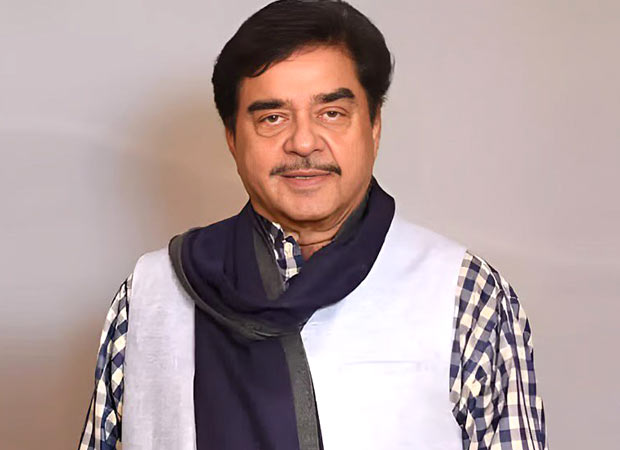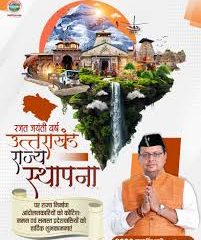Shatrughan Sinha: A Journey Through Cinema and Politics

Introduction
Shatrughan Sinha, a name synonymous with Bollywood, is not only an iconic actor but also a notable politician. With a career spanning over four decades, Sinha has significantly contributed to Indian cinema and has also made his mark in public service. His journey reflects the intertwining of art and politics in India, making him a fascinating figure in contemporary culture.
Early Life and Career
Born on December 15, 1945, in Patna, Bihar, Shatrughan Sinha began his journey in acting during his college days. He moved to Mumbai in the 1960s to pursue a career in film. His breakthrough came with the film ‘Kadam Kadam Badhaye Ja,’ but it was the film ‘Raja Jani’ (1972) that established him as a leading actor. Known for his distinctive dialogue delivery and charismatic screen presence, Sinha quickly became a household name.
Iconic Films and Performances
Throughout the 1970s and 1980s, Sinha appeared in numerous blockbuster films such as ‘Daag,’ ‘Kalicharan,’ and ‘Sharaabi.’ His performances often showcased a unique blend of heroic masculinity and emotional depth, which resonated with audiences. Sinha’s work in movies like ‘Bhagdad’ and ‘Khuda Kasam’ solidified his status as a versatile actor. Besides acting, he also ventured into film production, contributing to Indian cinema behind the scenes.
Political Career
Apart from his cinematic achievements, Shatrughan Sinha has also had a significant political career. He joined the Bharatiya Janata Party (BJP) in the late 1990s and served as a Member of Parliament for several terms. His charisma and public recognition aided his political endeavors, allowing him to connect with the masses effectively. Sinha has always advocated for various social causes, including health and education reforms.
Recent Developments
In recent years, Sinha has shifted his political alignment by joining the Indian National Congress (INC) and continues to be an active figure in both cinema and politics. His candidacy in the 2019 general elections was notable as he focused on various issues affecting his constituency, particularly emphasizing the need for improved infrastructure and transparency in governance.
Conclusion
Shatrughan Sinha’s journey is one marked by significant achievements in film and public life. As both an actor and politician, he has influenced many generations. His unique blend of talent and service to the community sets a precedent in the contemporary landscape. Moving forward, Sinha’s influence in politics and cinema will likely continue to inspire and shape the cultural and political narratives of India.









